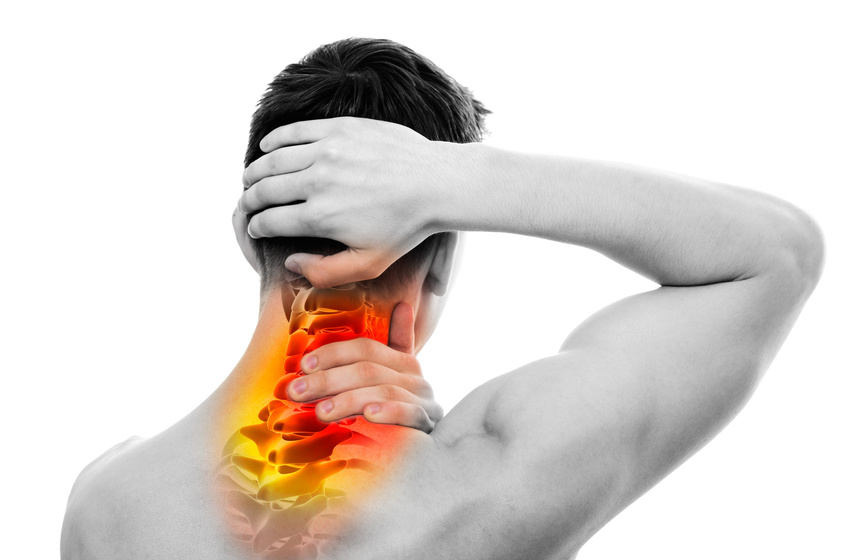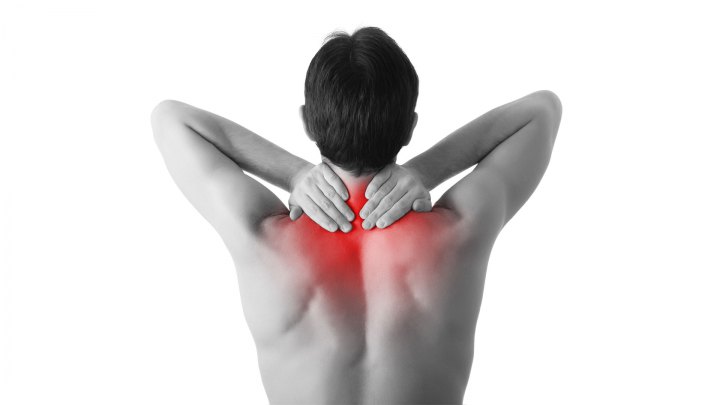
If you feel pain in the middle or on either side of your neck, this could be a symptom of a neck problem. The pain could also extend to the shoulders and shoulder blades, or to the upper chest. It may be painful to move and your muscles may feel tight. You may also notice your neck doesn’t turn as far as it normally does.“If your neck stiffness came on quickly, you are aged 50 or over and you also have stiffness in both shoulders that isn’t related to a recent injury, this can be a sign of a condition called polymyalgia rheumatica – an inflammatory condition affecting the muscles,” said Arthritis Research.
“You should see your doctor as soon as possible as this condition needs to be treated promptly.”
The NHS also advised to see your GP if pain or stiffness doesn’t go away after a few weeks.

Numbness or tingling
If a nerve root is being pinched you may have numbness, tingling or pins and needles down your arm, sometimes right down to the fingers.
According to the NHS, this could be serious and you should see your GP if you experience pins and needles or a cold arm.
Clicking and grating noises
You may hear or feel clicking or grating as you move your head, which is called crepitus, and is caused by bony surfaces moving against each other or by ligaments moving over bone.

This is, however, quite common and not serious.
Dizziness and blackouts
If you feel dizzy when looking up or turning your head, this may be caused by the vertebral arteries being pinched.
This sometimes happens as a result of changes in the bones of the spine. Pinching of these arteries can sometimes cause blackouts as the blood flow is temporarily reduced.
However, dizziness can have other causes, such as problems in the ear, so it’s best to see your doctor if the problem continues, advised Arthritis Research.
Muscle spasms

Sometimes if you have neck pain you may also have muscle spasms that turn your head to one side. This is called torticollis, cervical dystonia or acute wry neck.
“This isn’t very common but is unpleasant. The problem usually only lasts a few hours or days, but rarely may continue for several weeks,” said Arthritis Research.
Neck pain often occurs for no obvious reason and may happen after sitting in a draught, sleeping in an awkward position, or after a minor twisting injury.
This is the most common type of neck pain and is called non-specific neck pain. It usually disappears after a few days.